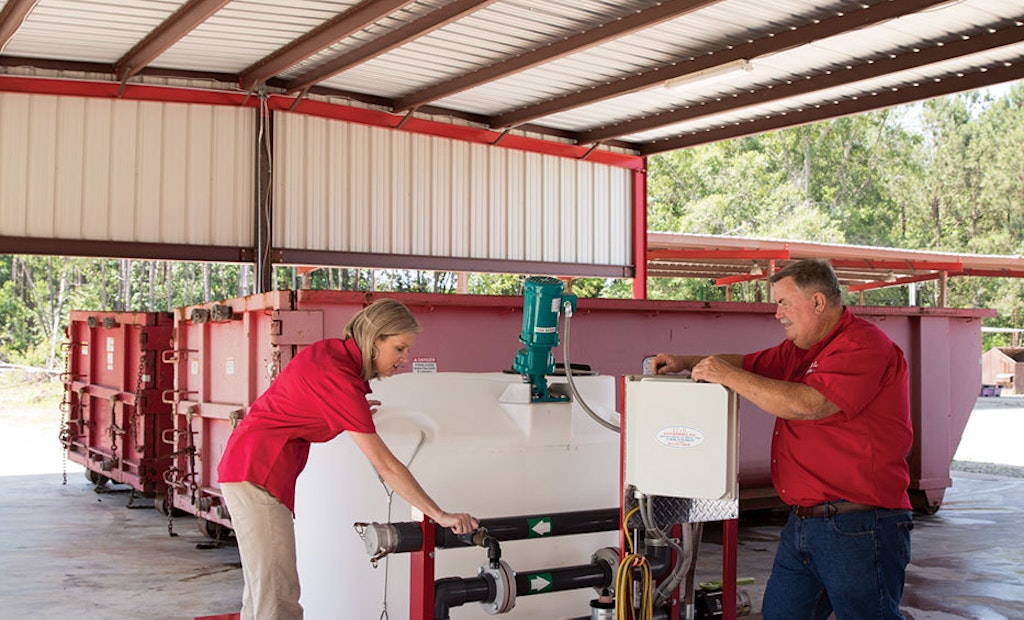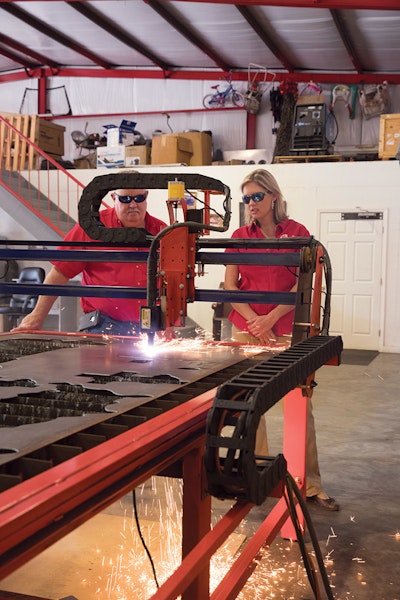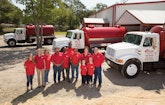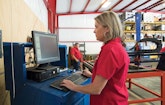
Neal Bennett and Kimberly Bennett Wood are shown with the company’s equipment used for dewatering grease trap waste, from AQUA-Zyme Disposal Systems.
Whether it’s vacuum trucks, small business, race cars or any number of other things, Neal Bennett is pretty good at building things from the ground up. A good example is NDB Septic Service, a septic and grease trap pumping company he started from scratch in Nashville,...











